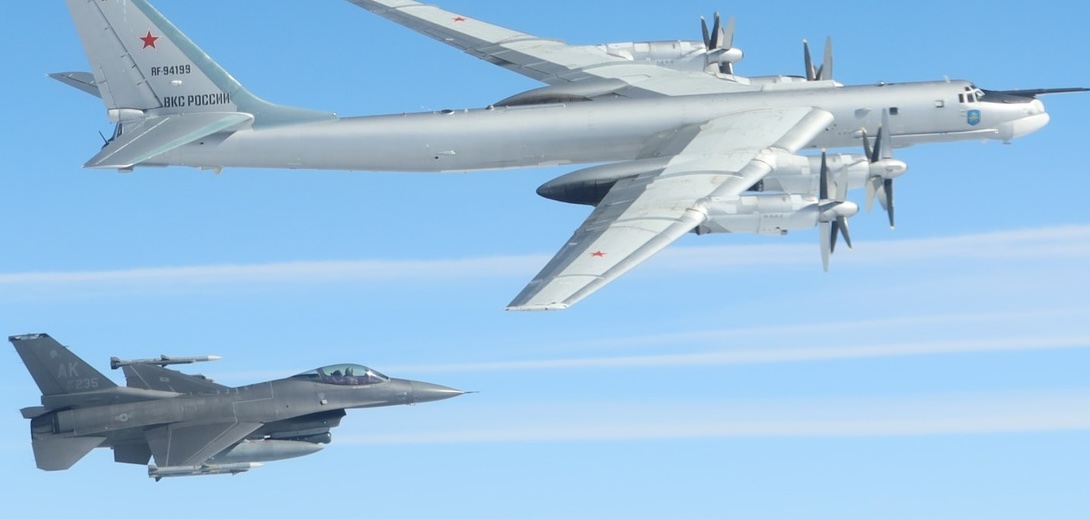Already a subscriber? Make sure to log into your account before viewing this content. You can access your account by hitting the “login” button on the top right corner. Still unable to see the content after signing in? Make sure your card on file is up-to-date.
NORAD has announced that four Russian military aircraft were intercepted near Alaska this week after entering the Alaskan Air Defense Identification Zone.
Getting into it: According to NORAD, the intercept occurred on Tuesday when two Russian Tu-95 Bear H bombers and two Su-35 fighter jets flew into the Alaskan Air Defense Identification Zone (ADIZ), a buffer zone extending beyond USand Canadian sovereign airspace. NORAD responded by launching six fighter jets (two F-35 Lightning IIs and four F-16 Fighting Falcons), along with an E-3 Sentry airborne warning and control system aircraft and three KC-135 refueling tankers.

NORAD said the Russian aircraft remained in international airspace, did not pose an immediate threat, and lasted about 50 minutes. In a statement, Captain Rebecca Garand said, “This Russian activity in the contiguous US/Alaskan ADIZ occurs regularly and is not seen as a threat.” She added that the encounter was “nothing out of the ordinary” and there was “no special or obvious reason” for the flight.
This all comes as NORAD has recorded an uptick in Russian and Chinese military activity near Alaska over the past year. In April 2024, NORAD reported a similar interception of Russian warplanes in the ADIZ. Just two months earlier, US and Canadian fighter jets scrambled to respond to Russian aircraft detected over the Arctic.

That same summer, NORAD intercepted four bombers (two Russian and two Chinese) flying together in international airspace near Alaska, the first time both countries conducted a “joint air patrol” near Alaska.







